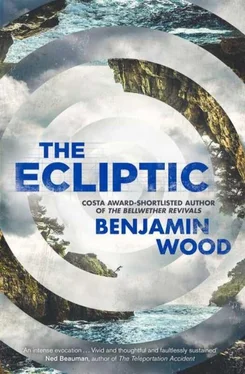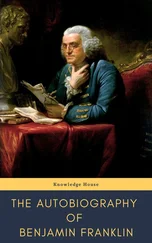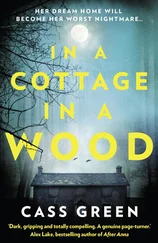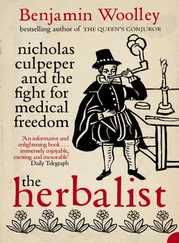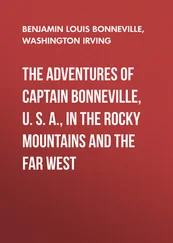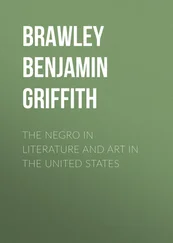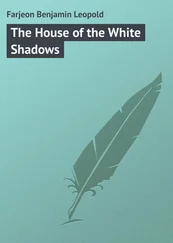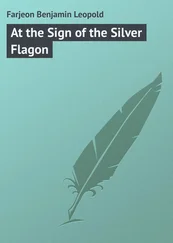On our way out, Quickman stopped, gripping the doorframe. ‘Say, Fullerton,’ he called. ‘You don’t happen to have any pipe tobacco, by any chance? I’ll strip down a cigarette, if that’s all you have.’
The boy, for the first time, showed a glimmer of warmth towards us. His jaw hung open and he ran his tongue over his teeth. Then he reached into the pocket of his jeans and drew out a packet of cigarettes, a Turkish brand. He threw the whole crumpled box to Quickman. ‘I recognise you,’ he said. ‘I think I do, anyway.’
Quickman remained polite. ‘Ah well, don’t hold it against me.’ He clutched the cigarettes to his heart. ‘Thanks for these.’ But the box made no sound when he shook it. He pulled out the foil lining and scrunched it in his fist. ‘I won’t lie: that’s a blow to morale.’
And the boy smiled at last.
We were told that Heybeliada lay twelve miles off the coast of Istanbul, the second largest in a constellation of islands the locals knew as Adalar. It was crowned by two steep forested hills to the north and south, and its middle section bowed into a plain of settlements where the natives lived and plied their trades. Much of the work there was seasonal. In the winter, the squat apartment blocks and rangy wooden houses stood vacant and unlit, but when the bright weather came again they filled up with summering Istanbullus, who sat out on their fretwork balconies, sunbathed on the rocky beaches, flocked upon the shining Marmara like gulls, and drank merrily on their roof-decks until dark. The Turkish meaning of its name — Saddlebag Island — evoked its shape at sea level, but, looking down from a higher vantage as we did, the place bore a closer resemblance to a hipbone. It was far up on the south-eastern peak, amidst the dense umbrella pines on the tubercle of the island, that Portmantle was positioned. The only part of it that could be seen from the ferry as you approached was the upper limit of its gabled rooftop, and even this had been seized by so much moss and grime that it was lightly camouflaged.
Every guest who came to Portmantle took the same route from the dock. It required specific information just to find your way. You could not step off the boat and expect to pick up signs. You could not stop into any of the cafés or lokantas on the waterfront to ask for directions. The horse-drawn faytons would not take you there. It was too removed from the populated strip for any of the locals to be concerned with, and those few natives who knew of the place believed it was a private residence, owned by a reclusive academic who took violently to trespassers. And so the refuge was afforded the same courtesy of disregard as any other private mansion or holiday villa on the island, which made it a perfect spot to disappear.
The only way into the refuge was from the east, via Çam Limani Yolu, a dirt road that led up to a spear-top fence, cordoning off the property. MacKinney always said it might be possible to circumvent the gates by swimming across the bay from the south-western point of the island and climbing up the promontory on the blind side, but we had never seen her theory put to the test. The phoney warning posters stapled to the fence along the slope were a good enough deterrent: DIKKAT KÖPEK VAR/BEWARE OF THE DOG.
It was not known how long Portmantle had existed, but we understood that many others had sought refuge there before we ever claimed it: to rescue the depleted minds of artists like us was the reason it was founded. In the seclusion of the grounds, artists could work outside the straitjacket of the world and its pressures. We could tune out those voices that nagged and pecked, forget the doubts that stifled us, dispense with all the mundane tasks, distractions, and responsibilities, detach from the infernal noises of industry — the endless ringing of the telephone, the urging letters that came in logoed envelopes from galleries, publishers, studios, patrons — and work, finally work, without intrusion or the steering influence of another living soul. ‘Creative freedom’, ‘originality’, ‘true expression’—these terms were spoken like commandments at Portmantle, even if they were scarcely realised, or just phantom ideals to begin with. It was no more than a place for recuperation. A sanatorium of sorts — not for the defeat of any physical affliction, but for the relocation of a lost desire, a mislaid trust in art itself. Clarity, we called it: the one thing we could not live without.
It was a custom at Portmantle to forgo the mention of time except in the barest measurements: the passing of days, the turning of seasons, the position of the sun above the trees. Both Ender and the provost kept pocket watches to ensure the smooth running of things, but there were no clocks in our lodgings, and we were not encouraged to have timepieces or calendars of any kind. It would be wrong to say that we were not allowed them, because we were free to do as we pleased, within certain limits. Any of us could have smuggled in a wristwatch or made a sundial with our bodies and a line of chalk, but the idea was acknowledged by everybody as self-defeating. Why should we let our thoughts run clockwise? Why should we live by the laws of a world we were no longer governed by? Art could not be made to fit a timetable. Instead, we used vague descriptors—‘tomorrow morning’, ‘last Wednesday’, ‘three or four seasons ago’, et cetera — and they served us well enough, liberated us from the notion we had that our pulses were countdowns to zero.
That is why I cannot say with complete accuracy how long I had been at Portmantle by the time of Fullerton’s admission. The year I arrived was 1962, but since then I had watched so many winters frost the surrounding pines that they had begun to blur into one grey season, as vast and misted as the sea. Early on, I ran out of things to write in my journal, so I could not extrapolate a definite figure from the tally of entries. According to my best calculation, though, I had spent at least ten years at Portmantle along with MacKinney, while Quickman and Pettifer were closing in on eight.
We were given false names because our real ones were too much baggage; some reputations were greater than others, and Portmantle was intended to be a place of parity. It was also believed that our real names fostered complacency and restricted us to established methods, familiar modes of thought. So the provost chose new surnames for us from telephone directories and old ship’s manifests (he collected these on his travels and archived them in folders in his study). Our given names took no account of race or ethnicity, which is why MacKinney — the daughter of Russian émigrés — bore the handle of a Celt, and why the place had been home to numerous other oddities: a Lebanese painter called Dubois, an Italian novelist called Howells, a Slav illustrator called Singh, a Norwegian architect who answered only to O’Malley. In a funny way, we became more attached to our false names than the true ones. After a while, they began to suit us better.
I was born Elspeth Conroy in Clydebank, Scotland, on 17th March 1937. I had always thought my family name quite unremarkable, and my Christian name so formal and girl-pretty. Elspeth Conroy, I felt, was the name of a debutante or a local politician’s wife, not a serious painter with vital things to say about the world, but it was my fate and I had to accept it. My parents believed a refined Scottish name like Elspeth would enable me to marry a man of higher class (that is to say, a rich man) and, eventually, I managed to prove their theory wrong in every aspect. Still, I always suspected my work was undermined by that label, Elspeth Conroy. Did people exact their judgements upon me in galleries when they noticed my name? Did they see my gender on the wall, my nationality, my class, my type, and fail to connect with the truth of my paintings? It is impossible to know. I made my reputation as an artist with this label attached and it became the thing by which people defined and categorised me. I was a Scottish female painter, and thus I was recorded in the glossary of history. One day, when I felt secure enough to leave Portmantle, I would return to being Elspeth Conroy, take her off the peg like a stiff old coat and see if she still fitted. Until then, I was allowed to be someone different. Knell. Good old Knell . Separate and yet the same. Without her, I was nobody.
Читать дальше
